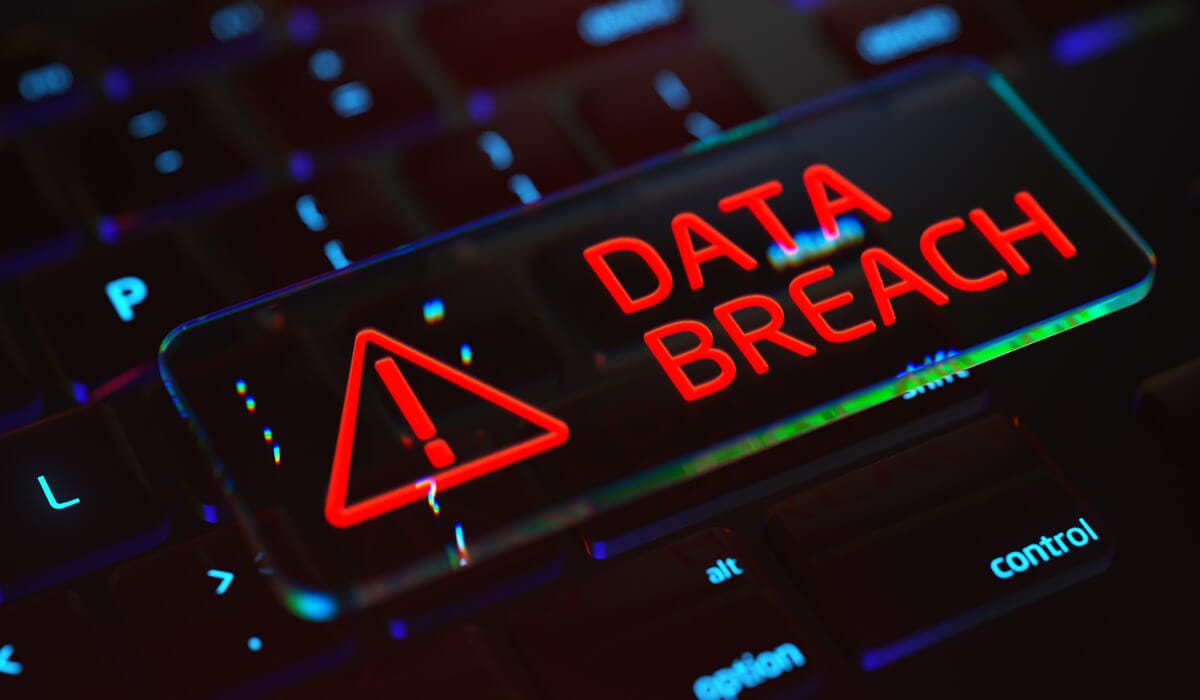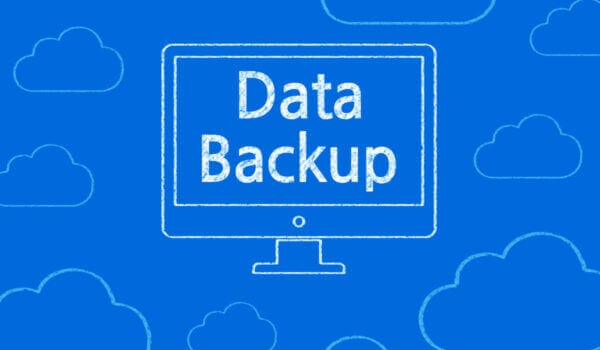Essential Data Protection Tips for Fortifying Against Data Breaches
Written By:

Rob Stevenson
Founder

With data breaches routinely in the news and data protection a legal requirement for companies, the importance of data protection is unmistakable.
Hackers launch endless attacks against companies and private citizens alike with tactics ranging from malware to ransomware to email phishing. In 2020, the FBI fielded 2,000 complaints about cybercrime every single day.
This relentless onslaught to access sensitive data means your data protection technologies must be current, robust, and, most importantly, layered.
A layered security approach, also known as “defence in depth,” relies on the strength of multiple layers of data security rather than hoping one form of data protection will be enough to deter cyber attacks.
In this blog, we’ll explore the layered security techniques that should form your data protection strategy. But first, we’ll start by discovering the mistakes and faults that might trip up your current protocols for protecting data.
How data protection fails
Businesses struggle with data security for several reasons ranging from lack of employee awareness to failing to invest in and maintain systems infrastructure.
Lack of employee training
For starters, businesses often (wrongly) assume that their workforce is well-versed in data protection trends and equipped to navigate data threats. The truth is that 90.85% of all data breaches involve a human element, like falling for phishing emails, using weak passwords, or mishandling sensitive data. So, an untrained workforce is an open invitation to hackers.
And rarely, employees can have malicious intentions on a business’s data. Even those who accidentally mishandle data pose a significant threat to your data protection strategies.
Inadequate password policies and access controls
Weak password policies can lead to vulnerabilities. Businesses without regular password resets or multi-factor authentication open themselves to unauthorised access. Similarly, inadequate access controls inadvertently allow illicit access to their sensitive data. These usually arise from poor user privilege management or lack of role-based access.
Failing to regularly audit and monitor network security
Without regular audits, your business may not be aware of network security weaknesses. Thirty-party vendors may have access to too much sensitive data. Software and system updates may not have the latest security patches, making them a prime target for hackers.
Networks may not have monitoring and alerts to raise the alarm in case of infiltration. Failing to regularly check monitoring systems, software updates, vendor permissions, and security alerts will leave the door open to cyber attacks.
Insufficient data encryption
If your data isn’t encrypted in transit and during storage or archiving, it is an easy win for hackers. If hackers gain access to unencrypted data, they can sell or use it for any purpose possible. Your reputation with customers and investors will be in tatters.
No incident response plan
If a data breach does occur, your business response cannot be “panic.” In the chaos following a data breach, attempting to control the situation without an incident response plan will only magnify the impact.
Layered security measures that work
For the past few years, data protection trends have focused on a layered security approach, a data protection approach that layers tactic upon tactic to protect data with defensive depth.
The efficacy of layered security relies on having many layers of security working simultaneously to protect your data transfer and storage systems. Layered security offers protection for all the data, no matter where your data is stored, whether it’s static or in motion, and regardless of who has access to it.
Layer 1: Access controls and authentication
For starters, access to your data should be strictly controlled, limited only to a small, necessary handful of individuals or security teams. Multi-factor authentication should protect data permissions, which helps prevent individuals from accessing data from unauthorised accounts or devices.
Layer 2: Software updates and patch management
The software you use will contain security weaknesses; that’s an accepted part of using software that accesses sensitive data. But you can temper the susceptibility of those weaknesses by staying up-to-date on the software patches intended to solve them.
Software companies play their part in preventing data breaches by continually testing and verifying their code. When they find a weakness, they immediately rectify it with a security patch. Installing software updates ensures you have the latest and most secure version of your software.
Layer 3: Encryption
No matter where your data resides, it should be encrypted. Whether in data storage or transit, encryption will protect it should it fall into the wrong hands. Encrypted data is useless without the encryption keys, so even if your data is accessed illegally, it will remain unreadable to hackers.
Layer 4: Security awareness training
An empowered workforce is a boon to a company for many reasons, not the least of which is improved data security. You can make your employees partners in protecting your critical data by giving them the education they need to keep it safe.
Employee training can help prevent social engineering attacks, phishing attempts, and other cyber threats that target humans. When your employees know how to spot an attempted cyber-attack, they become a powerful layer of data protection.
Layer 5: Data backup and recovery
If your data is stolen or lost, having reliable copies of your data is vital. Reliable backups provide peace of mind that your data is never truly erased for good, no matter who might gain access to it.
Your clean data backup allows you to restore the lost information in full. It allows you to continue business-critical operations while assessing the broader damage of a data breach.
Layer 6: Network security
Tools like firewalls and intrusion detection systems bolster your network security. This level of layered security protects against unauthorised access, malware, ransomware, and other cyber security threats.
Robust network security tools should themselves be layered, with several tactics applied to each part of your corporate network.
Layer 7: Incident response planning
While data breaches are frustrating, scary, and stressful, you can mitigate the harm they inflict by implementing a well-defined response plan.
With clear steps and a well-defined communication chain, incident response plans minimise harm and put your business on the road to data security recovery with as little headache as possible.
The EU Data Protection Directive GDPR also requires incident response plans and reporting. So, not only are response plans a crucial part of layered security, but they are legally required.
BackupVault: Experts in layered security
BackupVault manages every facet of your data lifecycle management, from securing your data with Microsoft 365 or Google Workspace backups to monitoring your data’s ongoing safety from cyber attacks, ransomware, and viruses.
Our servers are located in safe, disparate locations throughout the UK, giving them a critical layer of physical security. We offer vigilant, 24/7 protection for your data, as well as friendly 24/7 customer service from a knowledgeable team of UK-based customer service reps.


